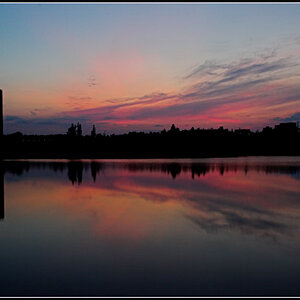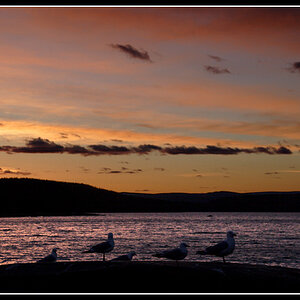BostonBrother
TPF Noob!
- Joined
- Feb 9, 2008
- Messages
- 21
- Reaction score
- 0
- Can others edit my Photos
- Photos NOT OK to edit
I have been looking for a polarizing filter for my 50mm lens and I have seen that there are a bunch of lenses for sale on ebay that average between 15 and 20 dollars for sets of three filters usually a uv, one for indoor lighting, and the polarized filter. I'm looking for opinions as to whether these filters are ok or just a waste of money.


![[No title]](/data/xfmg/thumbnail/32/32700-18534997be82e5150c566a9e67a00471.jpg?1619735602)
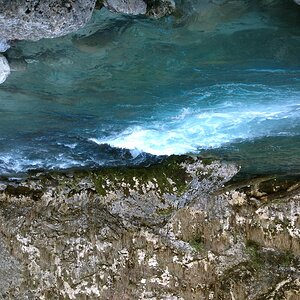
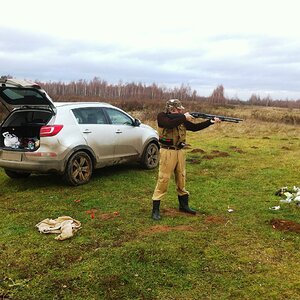
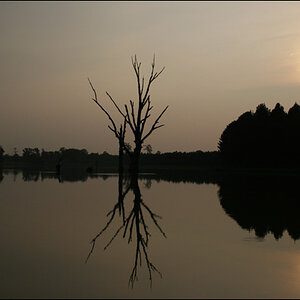
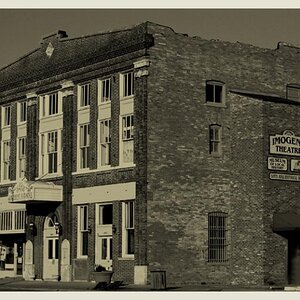
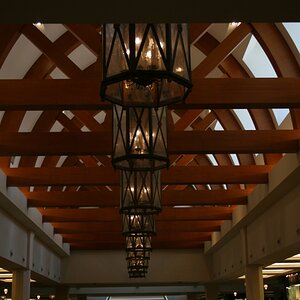
![[No title]](/data/xfmg/thumbnail/32/32699-3434a76363cb383404e00a3cd5ed5728.jpg?1619735601)

